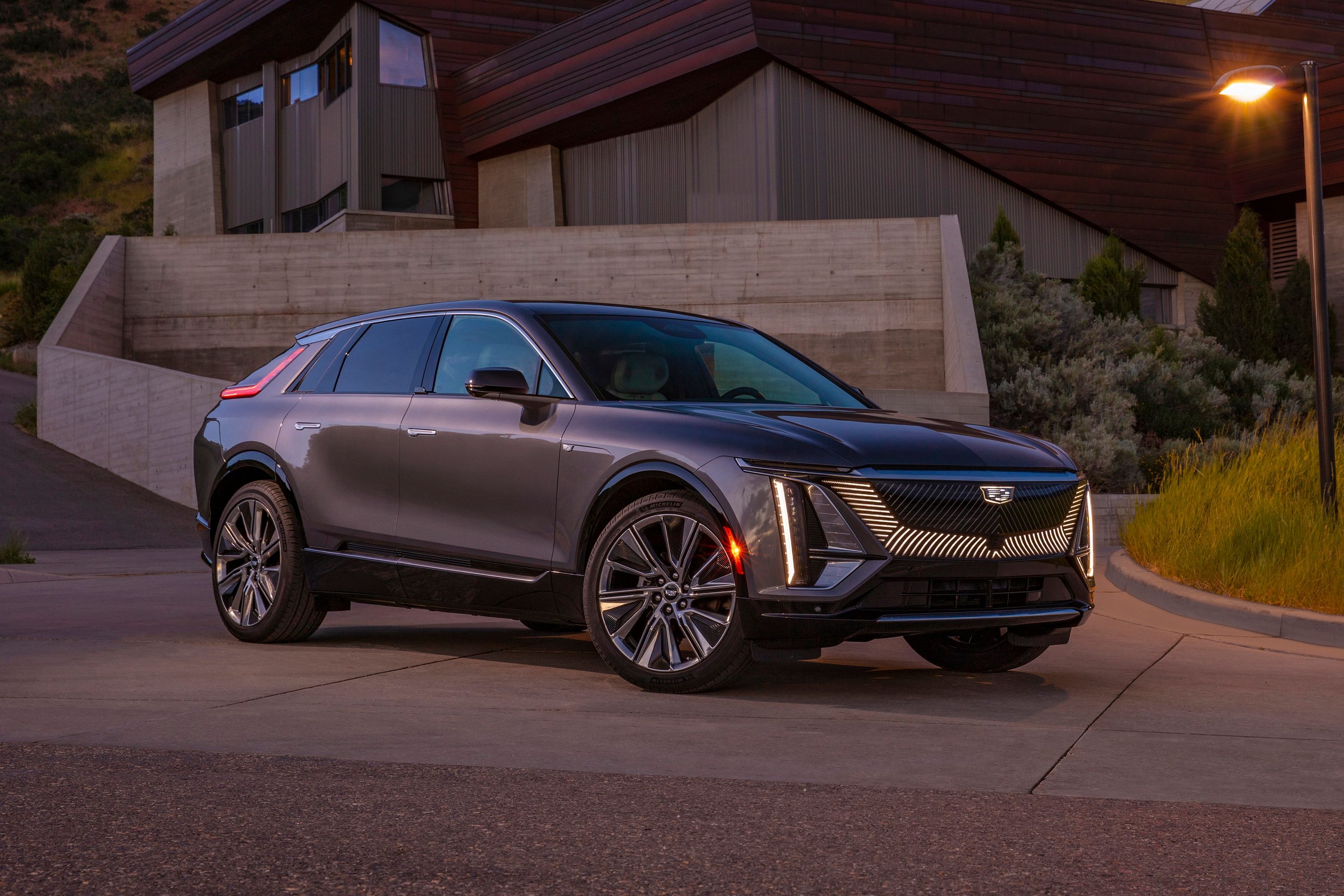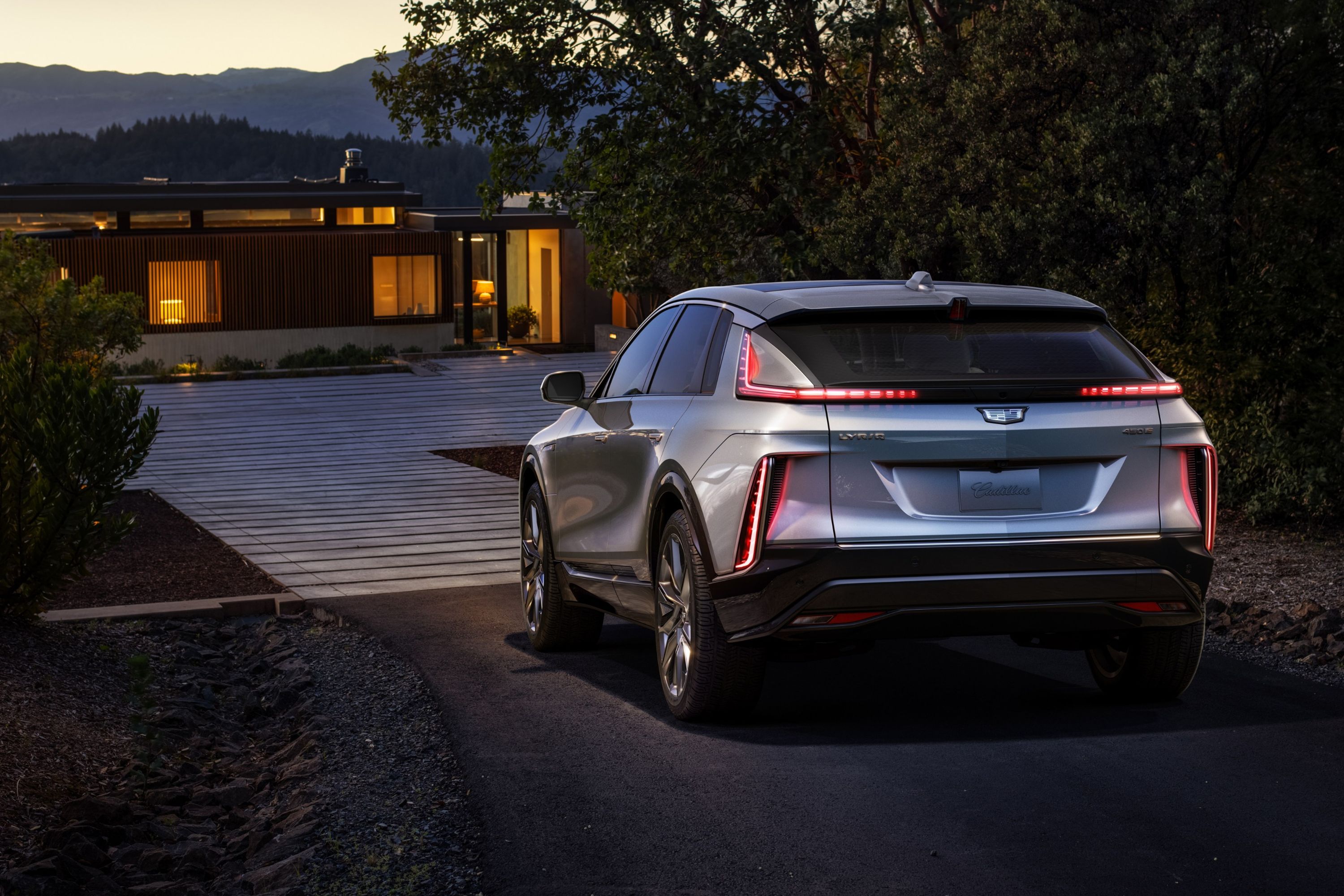
The electric Cadillac Lyriq crossover is going into production nine months earlier than expected. And it happened as GM is targeting annual cost reductions of about $1.5 billion per year. So how did the company do it? Virtual design.
"In 2018 we went through a transformation, we needed to change our cost structure. That was impetus to amp this up," Mike Anderson, Executive Director, Global Virtual Design, Development and Validation General Motors told CarBuzz. "We've been doing this as a complement for a long time. What we realized is that this is a great instrument for speeding things up. And it's better, we see more initial quality"
The new process of virtual design, development, and validation (VDDV) is having an impact across all the company's brands. It's the reason the Lyriq is coming out early, and the reason the Hummer was developed quicker than usual too. Now GM is using this system earlier in development, which "allows teams to optimize a vehicle's design, quality, and performance within the confines of a digital environment, enabling GM to rapidly accelerate product development cycles while significantly reducing cost."
This makes even more sense with the Ultium battery platform that acts a base. The different components can be adapted between the models, which means learning from one vehicle helps speed up the development of others. For the Lyriq, Cadillac used VDDV for inspecting cabin comfort including airflow, advanced aerodynamics for maximizing range, aeroacoustics and noise cancellation, driver assistance and safety features.
All of that might sound crazy to do digitally, but it's better, cheaper and faster all around.
"With these new supercomputers, we can analyze stuff that was previously unavailable when we need to understand the 'why.' It's so good now we really don't need the wind tunnel," said Anderson. "We can see why the drag is happening and what the balance is, and can follow the air, which is normally invisible."
They can also use VDDV for crash testing.
"With physical crash evaluations, the amount of obtainable information is inherently limited due to the vehicle being destroyed with each trial," said Anderson. "With virtual testing however, we're able to acquire extensive new data on how the complex network of vehicle systems and components perform leading up to, during and after a crash."
GM doesn't just do one overlap crash test at 25% of the vehicles width at 40 mph. It can do a million, at any overlap, at any speed. "We're trying to get to 100 percent virtual, including the human being," Anderson said. "We have this global human body model and we know more about soft tissue injuries than we used to. We upload thousands of slices of MRIs from real people to get these models right, and all of the pieces talk to each other."
Each little bit of this human digital model is built with sensors for temperature, g-forces, twisting, etc. "We call it more 'biofidelity.' Normally it would take weeks with dummies. We run the car into a barrier using high speed film and high-speed cameras. Now we have infinite cameras, infinite sensors," said Anderson. And they don't have a wrecked car to deal with.
Another important part concerns the "close calls."
"In traditional testing we'd see a fuel leak after a crash and we'd know something pinched, but if it was a close call, we'd never know," said Anderson. "Now the supercomputer can tell us if something inside crumpled. We also have to model things like how the airbags deploy around the new screens and other tech that we're including."
Even for noise, vibration and harshness (NVH) testing, GM can just call up a bumpy road, and look at the model to see what's moving or making noise. The model is better than a human here, because sometimes we can't tell the difference between a noise and a vibration. The computer can.
Anderson and his team are responsible for the computer-aided engineering (CAE) of every component, sub-system, and integration area of all current and future GM vehicles. He has 2,000 people around the world building these complex models.
Anderson has been at the company for 30 years holding positions including executive director of global transmission and electrification hardware, executive director of global engine hardware, global chief engineer and program manager of four-cylinder gas engines, and director of engine development and validation.
When Covid hit, Anderson was glad we weren't using '90s technology. "This is the only engineering we could use during Covid, and we were about 90 percent ready for an emergency like this before the pandemic hit. IT did an awesome job getting us the rest of the way there."
Anderson and his teams can work at home, send the info to the supercomputer at HQ, and watch the results pour in. "Instead of building to discover and recover, we're building to prove it works, like rockets, airplanes and missiles," he said. "With VDDV you can catch all of these things earlier than with the old method."
Even as computer power advances at an exponential level, there are still chokepoints.
"First there are the physical barriers, eventually we still need to make dies and cut metal," Anderson said. "But there are cultural barriers too. We've been doing it this way for decades; thousands of people doing it one way need to be taught another, but it's only going to get better and cheaper."
The Lyric was supposed to launch in late 2022, but it's now planned to go into production in the first quarter of 2022. Reservations will be available beginning in September.

